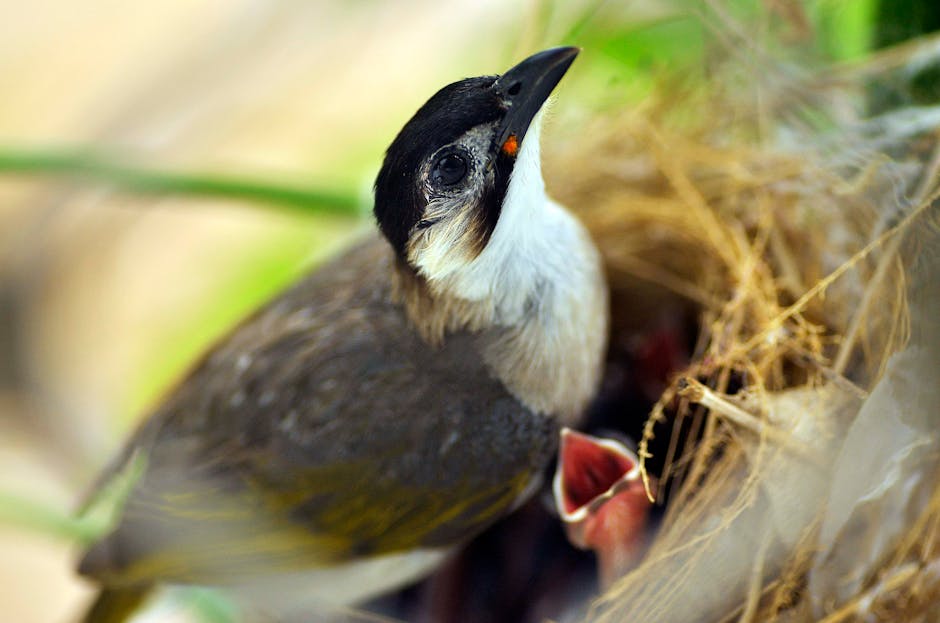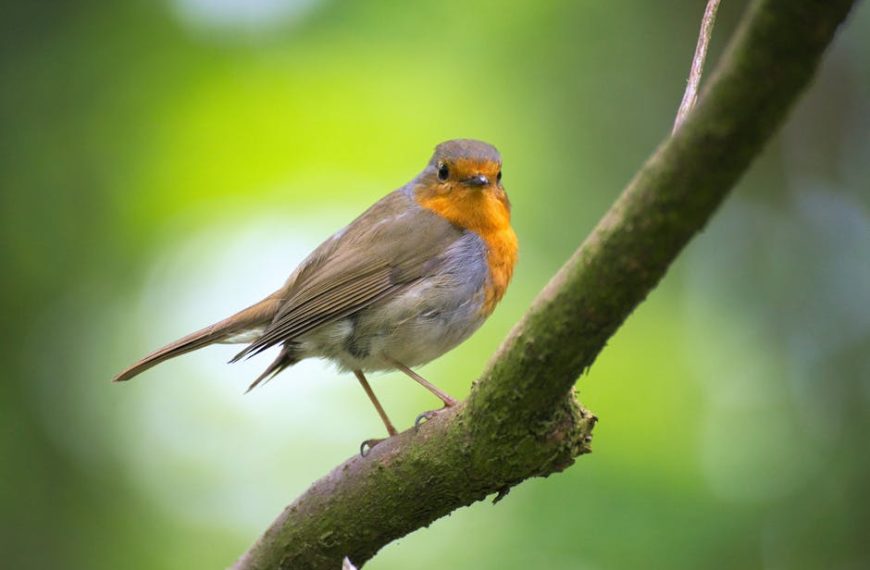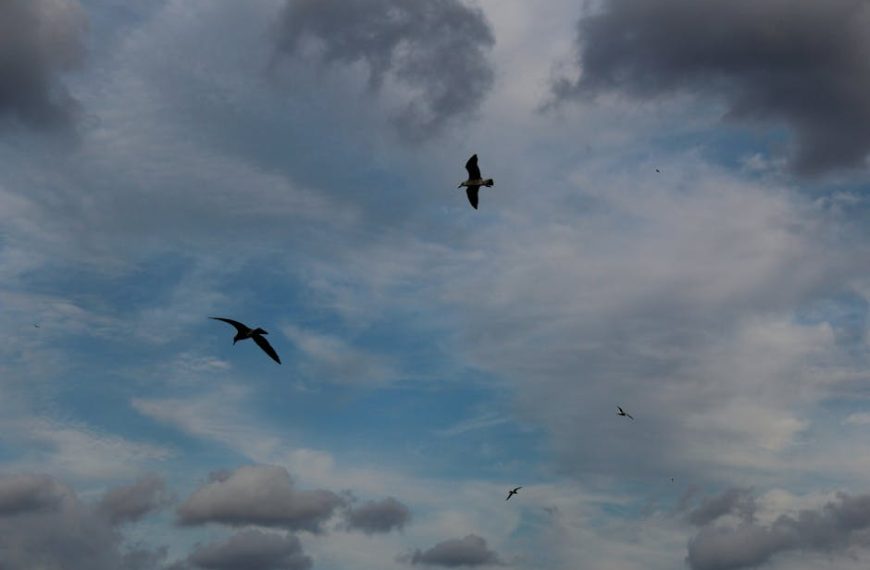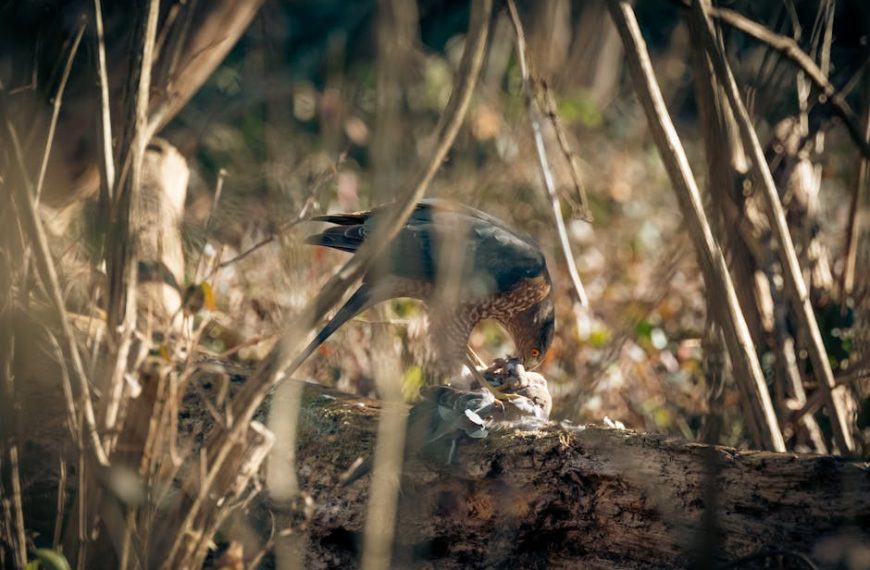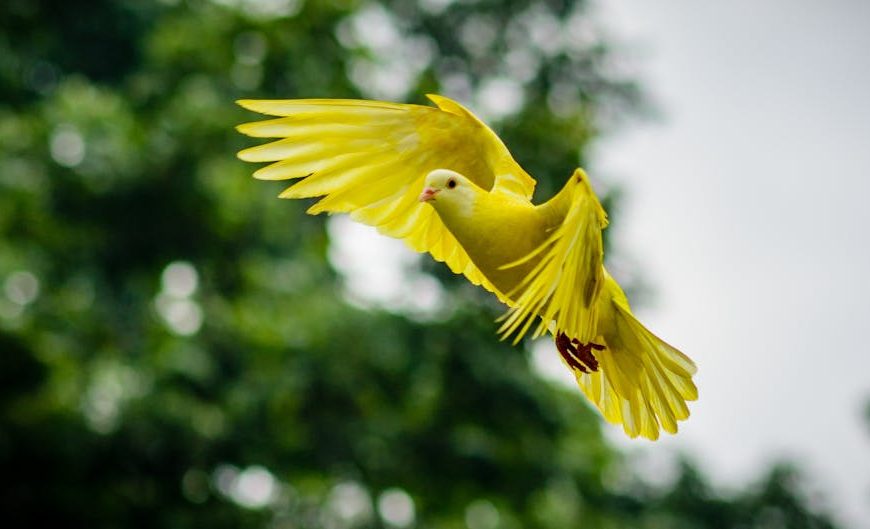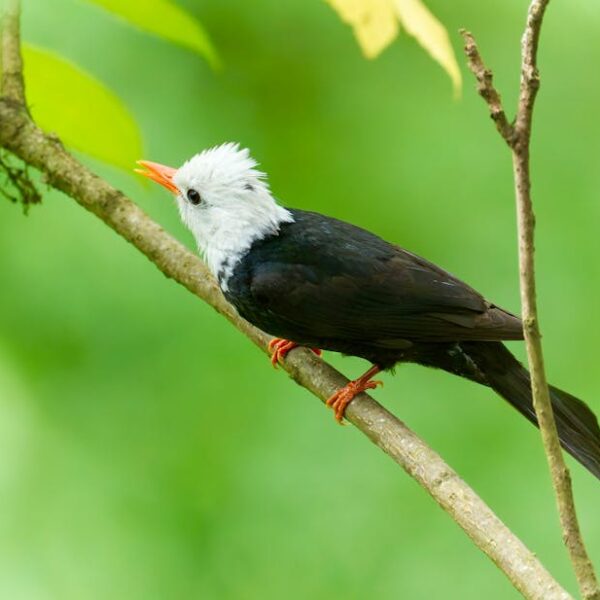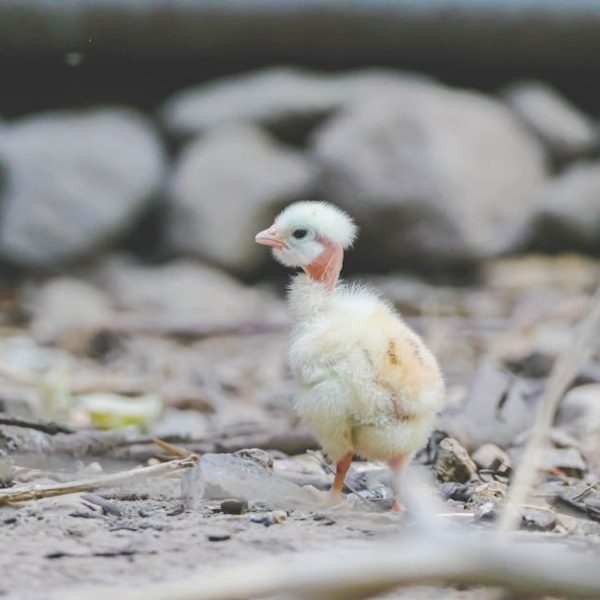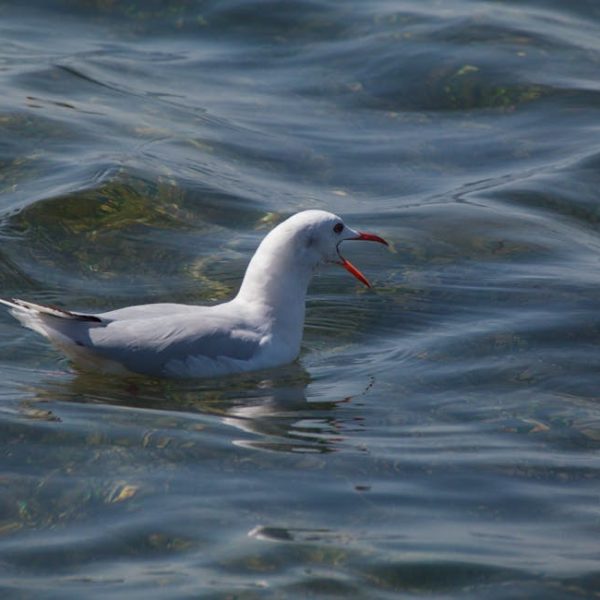At some point, you may have found yourself woken up in the middle of the night or early morning hours by the chirping of birds outside your window. You’re not alone. It’s not uncommon to hear birds chirping at night, and the reasons behind this nocturnal activity are varied and fascinating. They range from searching for food, evading natural enemies, migration, or even simple communication. Let’s delve in to understand this intriguing behavior in detail.
Understanding Why Birds Might Be Active at Night
Birds, universally respected for their discipline in rising alongside the sun, possess a fascinating facet to their behavior – their nocturnal activity. Some birds are specifically adapted to be most efficient when human activity is at its lowest. Here are some common reasons:
• Availability of Resources: Some bird species may hunt or forage at night due to less competition and higher chances of successfully capturing prey or finding food.
• Temperature and Weather Conditions: Birds like common nighthawks and nightjars are advantaged by colder temperatures at night, especially in desert environments, as they help to conserve water.
• Predatory Threats: The cover of darkness can offer protection from diurnal predators, enabling these birds to feed or move around safely.
• Migration Patterns: Birds embarking on long migratory journeys also travel at night, thanks to cooler temperatures and lesser chances of predation.
Pro Tip: Spotting a night-active bird isn’t always easy, but pay attention to unique, repetitive patterns of sound. This repetitiveness is key to identifying an individual species’ night-time calls.
Recognizing Species that Commonly Chirp at Night
There are several bird species known for their nocturnal calls. These species include owls, mockingbirds, nightingales, and nightjars, among others. Observers would likely find the haunting hoots of owls in the stillness of the night, while nightingales could regale you with melodious song even in darkness.
| Owls | Nightingales |
|---|---|
| • Predominantly hoot and screech. | • Exhibits a rich and melodious song. |
| • Calls have simple patterns. | • Songs are complex and variable. |
Best practice: Recording the nocturnal sounds and comparing them with online audio files or apps can be a helpful way to identify the species behind the serenades.
As we glide into the silent night and uncover these bird behaviors, it becomes clear that there are various factors playing into their nighttime chirping. Up next, we’ll explore how changing seasons impact the nocturnal symphony of our feathered friends.
Bird Chirping at Night and Seasonality
Seasons also play an important role in determining bird behavior at night. From springtime mating calls to fall migration patterns, the sonic landscape of your evenings can drastically change with the seasons. Let’s take a closer look:
• Mating Season: During spring, birds like the northern mockingbird will become more vocal to establish their territory and attract mates. So, you can expect to hear more birdsong at night.
• Migration: In fall, many bird species begin their migratory journey to warmer regions. You’re likely to hear more calls as birds communicate with their flock throughout the night.
Checklist: Spotting Seasonal Changes in Nocturnal Bird Behavior
• Increased frequency or intensity of bird song during spring.
• Spotting migratory species that aren’t present at other times of the year.
Pros:
• An opportunity to observe and identify a variety of bird species.
Cons:
• Potential disturbances due to increased bird song activity.
The Role of Urbanization in Nocturnal Bird Chirping
City life has had an undeniable impact on nocturnal bird activity. The constant hum of traffic, bright fluorescent lights, and altered food sources have driven certain species to become more active after dusk.
Here are a few major urban influences:
1) Street Lights: Artificial lights can make birds believe it’s still daytime, leading to extended periods of chirping.
2) High-rise Buildings: Birds may be more active around urban landscapes due to the abundance of food sources and nesting opportunities high-rises offer.
3) Traffic Noise: The cacophony of city life could drown out bird calls during the day, pushing their communication to quieter nighttime hours.
Pro Tip: If you live in the city and want to aid our feathered friends, consider using blackout curtains to minimize light pollution and providing bird feeders for easy-access food sources.
The Meaning behind Birds Chirping at Night
Birds chirp for a variety of reasons, from simple communication to warning signals, attracting mates or declaring territorial rights. By deciphering these chirping sounds, we can gain a fascinating insight into their nocturnal lives.
Best Practices for Decoding Bird Chirps:
• Keeping a note of the chirping pattern can help in identifying the bird species.
• Cross-verifying the sounds with bird chirping guides can help in understanding their reason for chirping.
Pro Tip: Studying bird behavior can be mesmerizing and enlightening, but it’s crucial to remember that patience and careful observation are the keys.
Remember, you are stepping into their world, so let the songs of the night guide their way, and open your ears to the symphony of the night.
Key Takeaway:
- Birds are active at night due to reasons like availability of resources, favorable weather conditions, avoidance of predators and migration patterns.
- Species like owls, nightingales and nightjars are known for their nocturnal chirping.
- Seasonal changes like mating and migration greatly influence nocturnal bird behavior.
- Urbanization, including factors like artificial lights and noise pollution, has significantly impacted bird activity at night.
- Bird chirping at night carries various meanings including communication, warning signals, attracting mates or expressing territorial rights.
Observing and understanding the reasons behind nocturnal bird chirping offers an intriguing insight into their world. Patients and careful observation are keys to learn more about these fascinating creatures. Let the symphony of the night guide and keep you connected with nature.
FAQs
Q: Are certain species more likely to be active at night?
A: Yes, certain species like owls and nightingales are more adapted to nocturnal activity. These birds have evolved with unique traits that make them efficient at night.
Q: Does light pollution from cities affect nocturnal birds?
A: Absolutely, artificial lights can make birds believe it’s daytime thus disturbing their natural rhythm, leading to more night-time activity.
Q: What can I do to help reduce disturbances for night-active birds in urban areas?
A: You can help by using blackout curtains to minimize the impact of artificial light and providing bird feeders for easy-access food sources.
Q: How does seasonality affect bird chirping at night?
A: With changing seasons, the frequency and type of bird chirping can change as birds adapt their behaviors for mating and migration.
Q: Can bird chirping at night serve a territorial purpose?
A: Yes, often birds use their calls, including nighttime chirping, to express territorial rights and warn off other birds.
Enjoyed this article? Share with your friends and explore more fascinating posts on our website.
